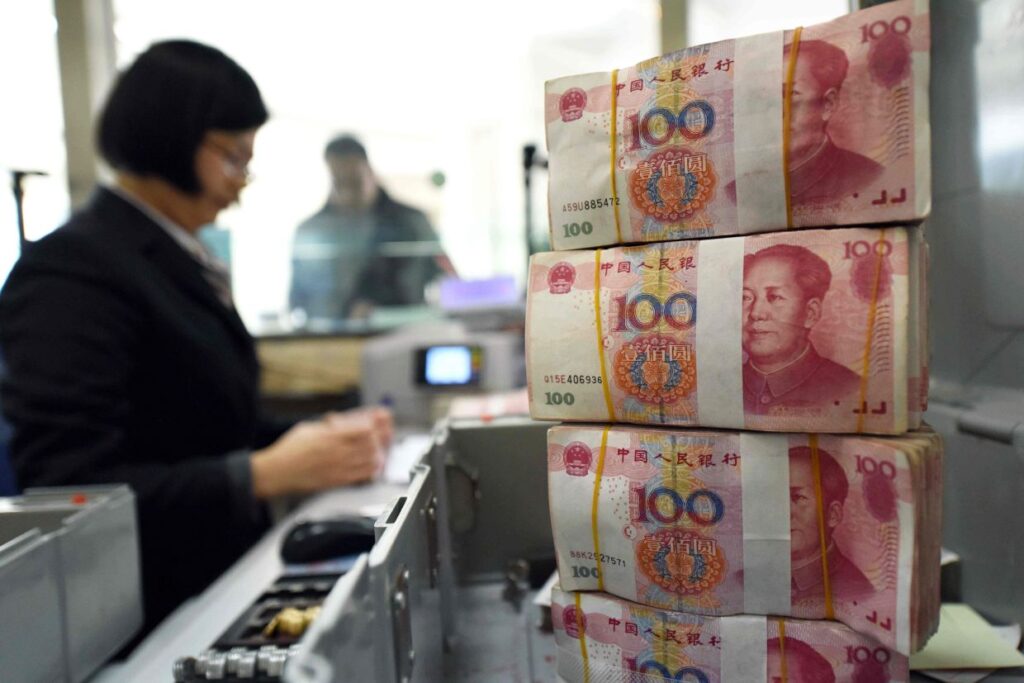SHANGHAI: China’s yuan fell to a one-month low against the dollar on Wednesday, before recouping early losses, as markets held their breath for U.S. President Donald Trump’s announcement of tariff plans due later in the day.
Developments in trade relations with the United States have kept investors on edge this year. The Washington Post reported, citing unnamed sources, that White House aides have drafted a proposal to impose tariffs of around 20% on most imports to the United States.
The White House is due to announce the levies on Wednesday at 2000 GMT and they are expected to take effect immediately after Trump announces them.
“Markets are anxiously waiting for the tariff decision,” said a trader at a foreign bank.
He expects Asian currencies to face some downside pressure as the region’s economies are more exposed to U.S. tariffs due to higher trade surpluses with the world’s largest economy.
The onshore yuan fell to a low of 7.2733 per dollar in morning deals, the weakest level since March 5, before giving back losses to trade at 7.2693 as of 0325 GMT.
Traders said the moves were modest and market participants didn’t want to get too bearish on the yuan. The offshore yuan traded at 7.2760 per dollar.
Prior to the market opening, the People’s Bank of China (PBOC) set the midpoint rate, around which the yuan is allowed to trade in a 2% band, at 7.1793 per dollar, the weakest level since January 20 and 870 pips firmer than a Reuters’ estimate of 7.2663.
The central bank has set its official guidance on the firmer side of market projections since mid-November, which analysts and traders see as a sign of unease over the yuan’s decline.
Although Trump’s new tariff plan is due later in the day, market participants expect more trade negotiations to take place in coming weeks.
“Trump emphasized that such tariffs will also consider non-tariff barriers, such as VAT, allowing the administration more flexibility in determining individualized tariff rates for U.S. trading partners, including China,” said Serena Zhou, senior China economist at Mizuho Securities.
“Given this heightened trade uncertainty, we expect the PBOC to delay rate cuts and maintain moderately tight yuan liquidity conditions both onshore and offshore to support the yuan in the coming weeks.” – Reuters


